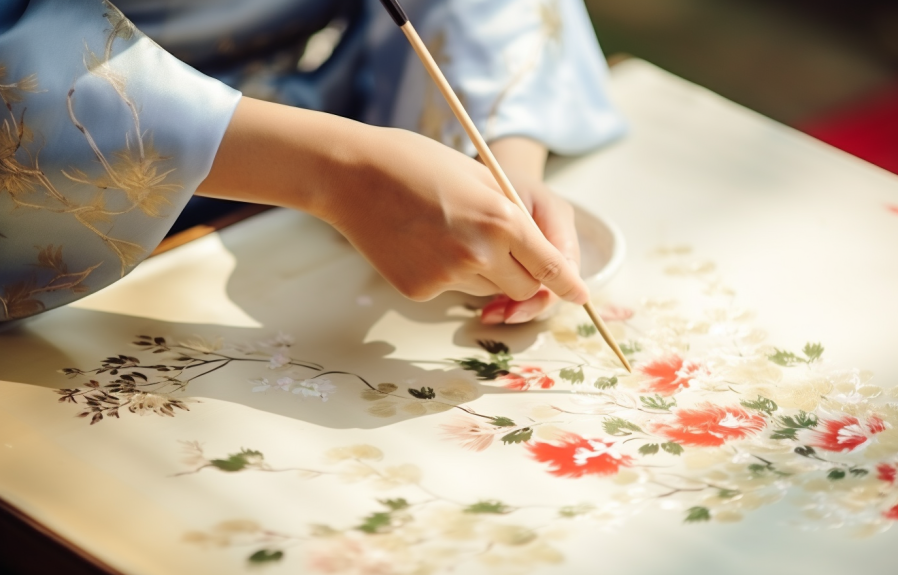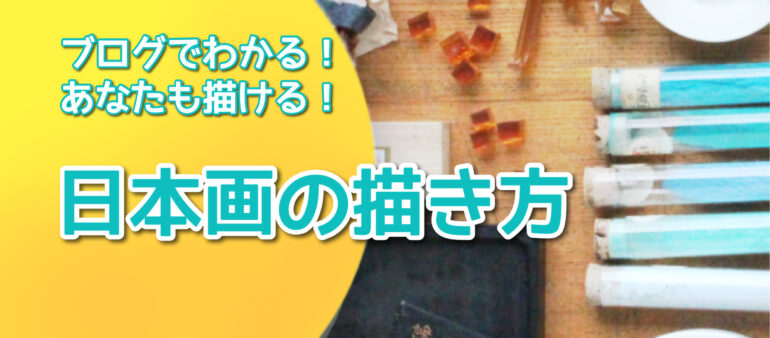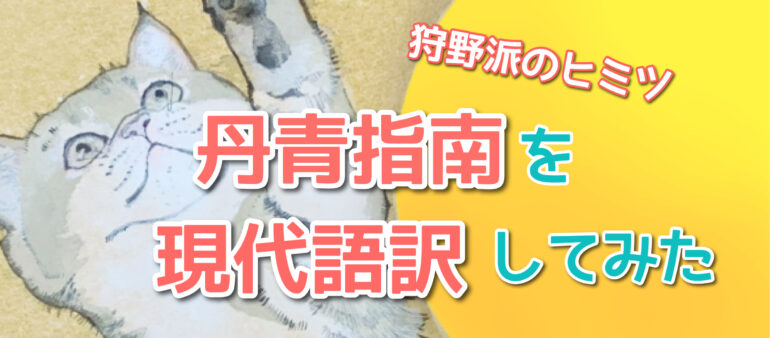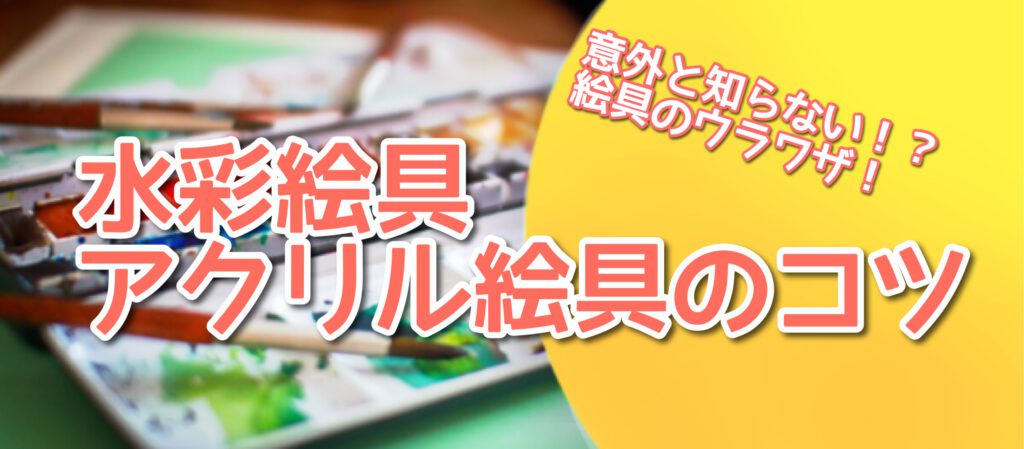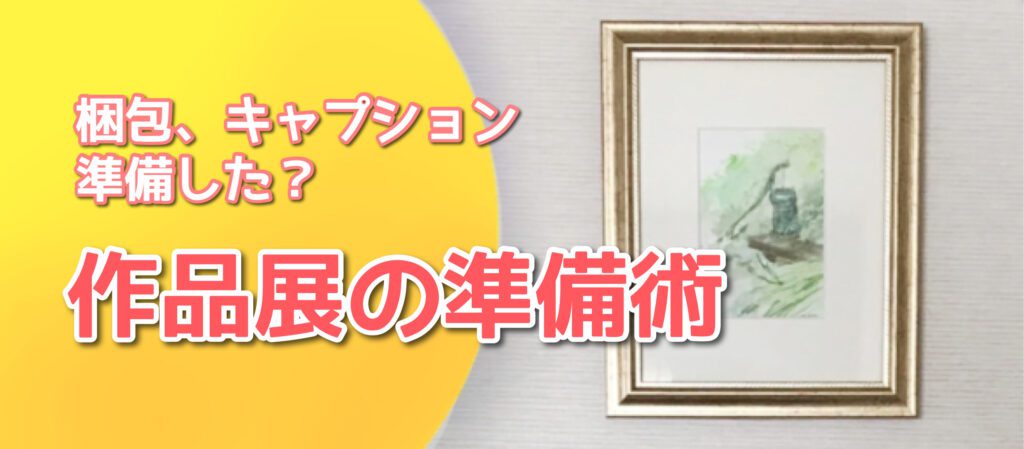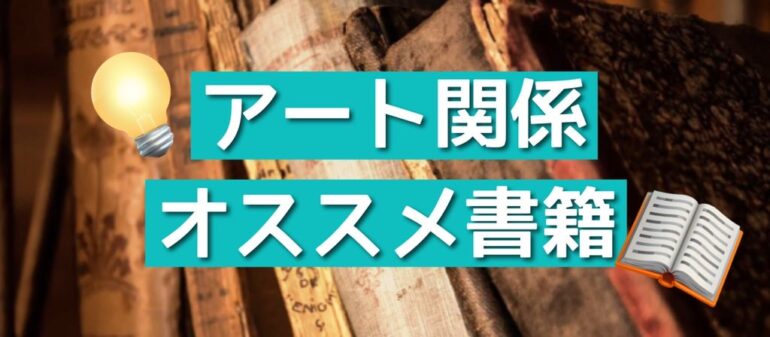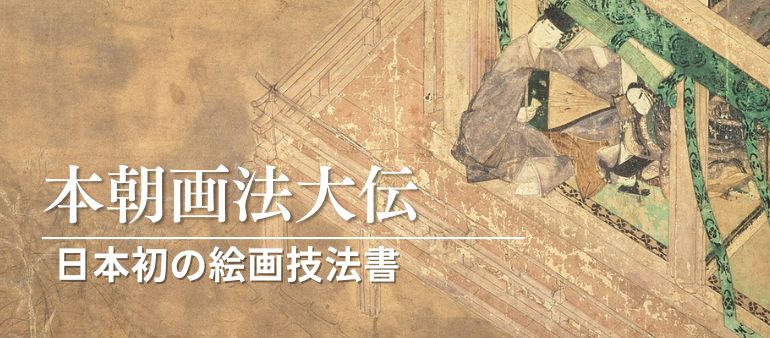Hello, my name is Satomi Fukamachi.
Painters of the Kano school have continued to exist for 400 years.
However, it does not mean that they were able to paint anything without effort.
Of course, they must have made unimaginable efforts and practiced hard.
So what did the painters of the Kano school, who continued the tradition for hundreds of years, practice?
Unfortunately, that information is not available here.
But it was clearly written what kind of sketchbooks they practiced with!
- In this article, we will show you how to make a practice sketchbook that has been used by the Kano School for generations!
- And furthermore, we will show you how to apply the traditional Japanese painting sizing liquid to paper!
I am doing an introduction to traditional Japanese painting techniques here!
Contents
- 1 What is a sketchbook of the Kano school of Japanese painting made of dosa solution paper?
- 2 Explains how to apply dosa and the tools needed for dosa pulling!
- 3 Modern Translation: How to make dosa solution (Paper permeated with dosa solution manufacturing method)
- 4 Reference sites and other information about “Tansei Shinan,” a Japanese painting technique book
What is a sketchbook of the Kano school of Japanese painting made of dosa solution paper?
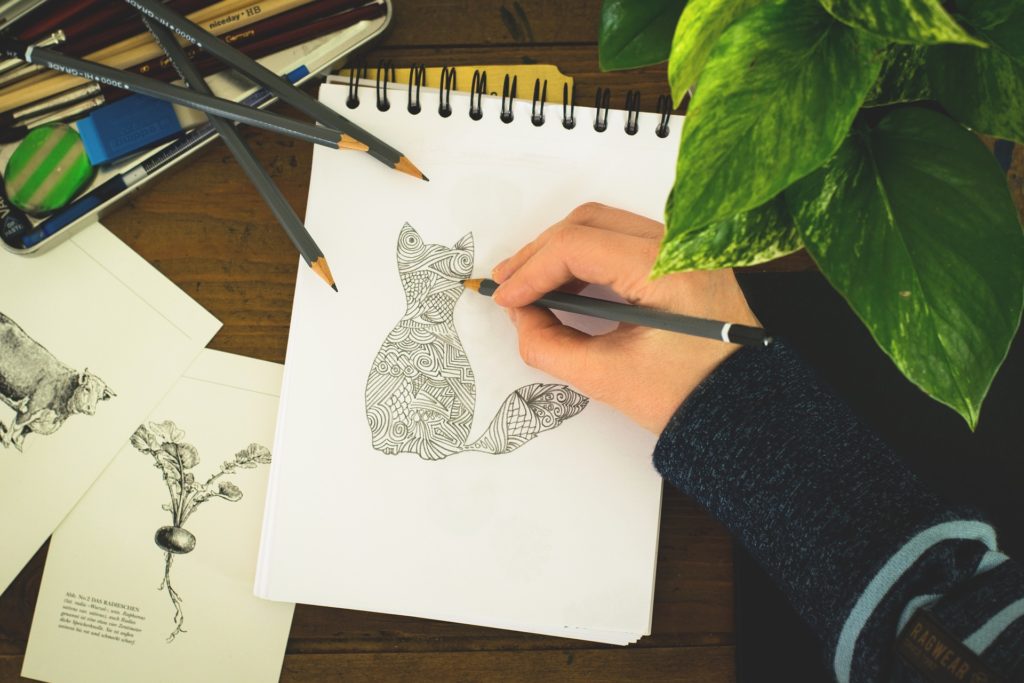
The Kano school traditionally made their own sketchbooks as a form of paper for practicing painting.
They were made by applying dosa solution, or sizing solution for Japanese-style painting, to Mino paper or semi-finished paper.
The sketchbook was made by coating the paper with sizing liquid, letting it dry, and sewing it together.
You kept it with you at all times, so that you could practice always and everywhere.
The author, Mr.Ichikawa, calls this “a bit childish technique.
On the other hand, he says, “It is very useful for people who don’t know the technique.
In the Edo period, you might not have been able to get a good sketchbook unless you made everything by hand.
However, in the present age, various tools can be obtained inexpensively.
So, paper can be made from Mino paper, the cover can be bound, and a beautiful sketchbook can be made!
Ordinary sketchbooks can be obtained at inexpensive prices.
However, it is not easy to find one with a high quality paper and a large number of sheets.
If you are reading this article, you must be confident in your ability to create things.
Since you are so confident, why don’t you make your own beautiful sketchbook using the Kano School technique?
Why don’t you use up your practice book while having fun?
Explains how to apply dosa and the tools needed for dosa pulling!
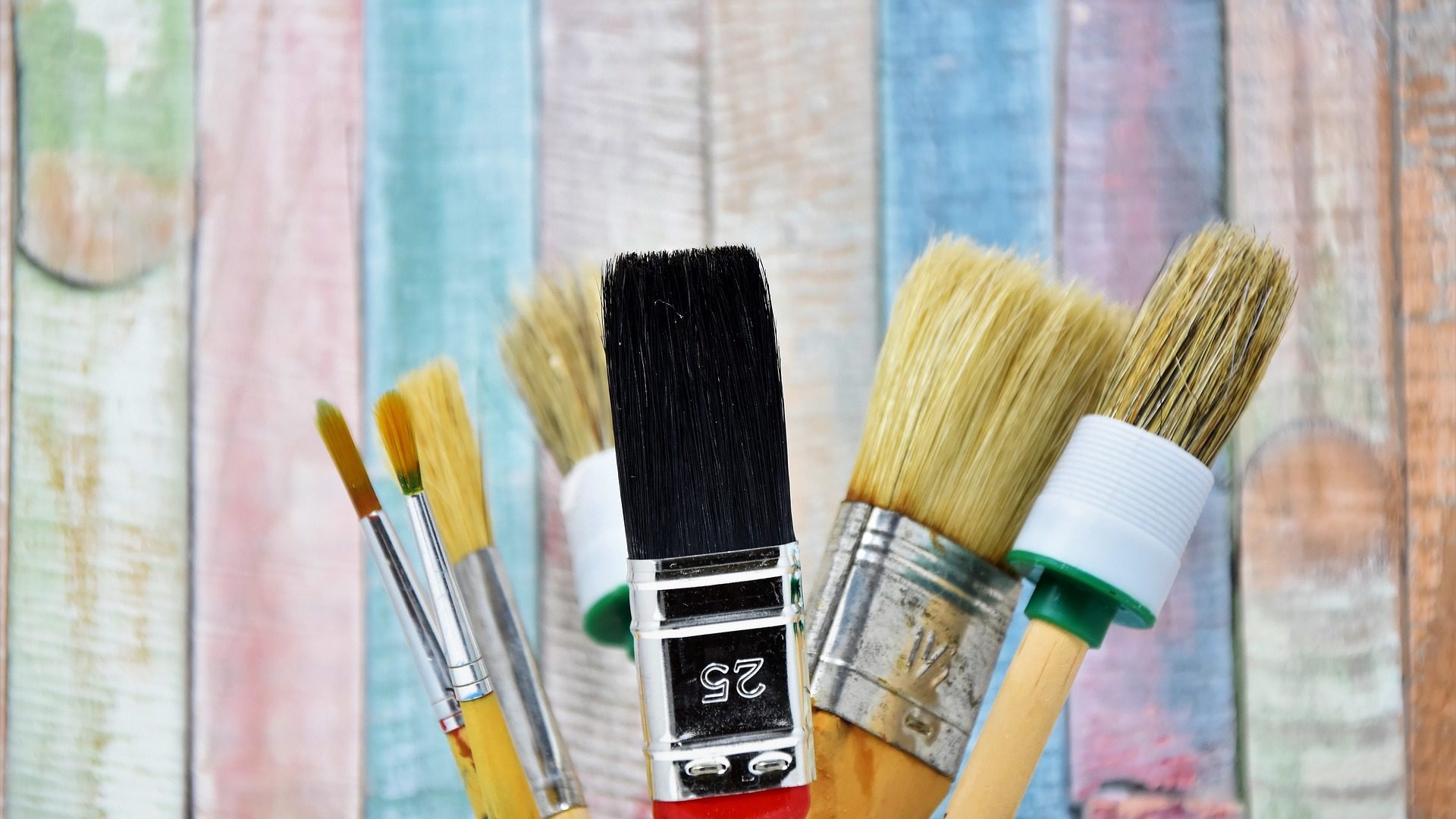
This section explains how to apply dosa solutions used in Japanese painting and the necessary tools!
This is a continuation of the previous article.
Let’s apply dosa to paper!
If you have not made a dosa, the previous article shows you how to make a Kano school dosa solution.
Please refer to it.
Click here to see how to make the Kano School’s dosa solution!
➡Making Dosa Solution for Japanese Painting: A Step-by-Step Guide
The following is a description of the tools needed to make dosa paper!
Any wooden board can be substituted!

The most difficult of these to prepare would be a wooden board.
This board is used to dry and place the dosa coated paper.
You can change the area of the board depending on the size of the sketchbook you want to make and the size of the room.
An inexpensive wooden board can be used if the size fits.
The author dries the dosa-painted Japanese paper on an old blanket.
It still works fine.
Drying it on a newspaper seems to work as well.
A cheap rolling pin is fine for the wooden stick!

Following the wooden board, you will need a wooden stick.
This one will be needed to stretch the wrinkled paper containing dosa solution.
According to Tansei Shinan, a thick wooden stick is better.
So a rolling pin is inexpensive and just right.
However, inexpensive wooden boards may have chemicals, wood filings, and also dirt on them.
Wipe with water before use and be careful not to get dirt on the paper.
For paper, thin Mino paper is recommended!
Next is paper, but Tansei Shinan recommends a paper called Mino paper.
It is also sold under the name Mino-Washi.
Mino-washi is a thin and strong Japanese paper used for Japanese painting, calligraphy, mounting of hanging scrolls, and restoration of paintings.
It is often used in the process of “Urauchi(backing)” to make paper thicker and stronger.
For this reason, it is often sold at art supply stores that deal in Japanese paintings and calligraphy, as well as by mail order.
Among Japanese papers, it is relatively easy to obtain.
If it is to be used as a sketchbook, a thin thickness is sufficient.
Mino paper is about as thin as a Japanese calligraphy paper, yet it is very strong.
It will not tear during work.
Therefore, we recommend you to use thin mino-washi paper.
↑This one has already been coated with dosa solution.
You can paint on it right after you buy it without blotting.
Brushes should be purchased specifically for dosa solutions!
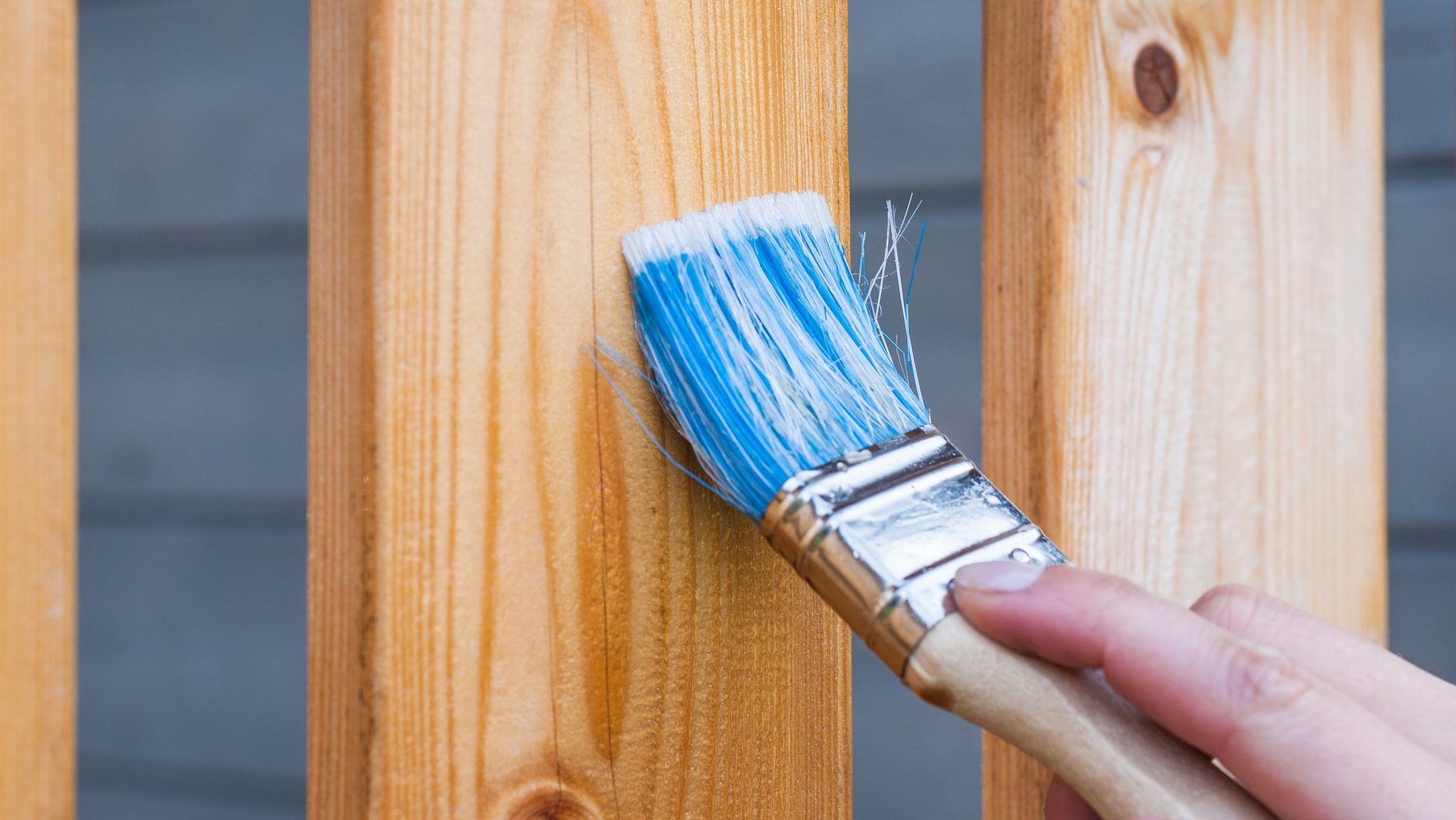
Finally, let me explain about brushes.
If you are not familiar with Japanese painting, you may think of paint brushes.
Many may think of a brush for cosmetics.
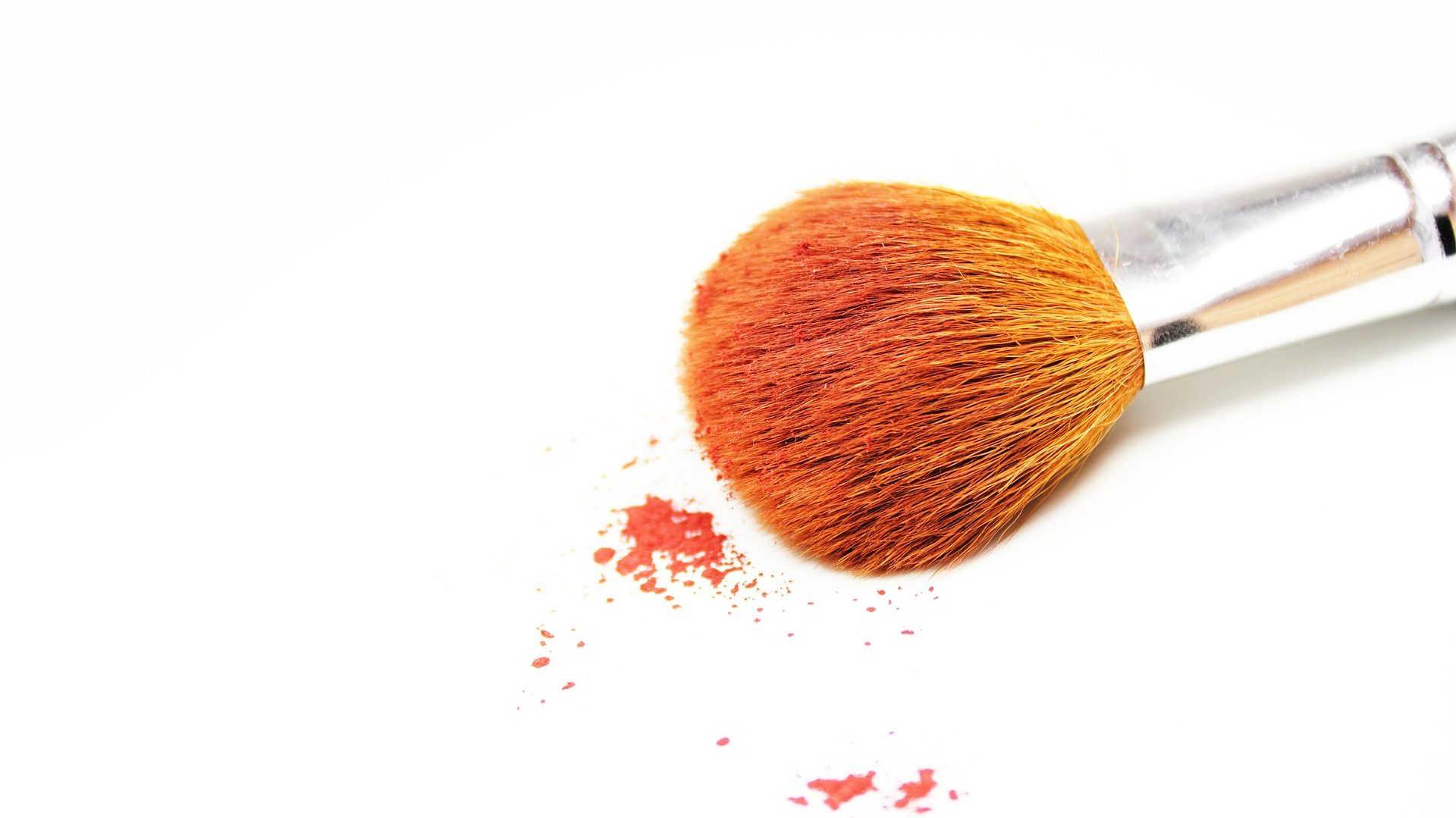
Just as there are brushes for paint and brushes for makeup, there are different types of brushes used in Japanese painting.
It is more correct to say that they are used for mounting scrolls, hanging scrolls, and folding screens rather than for Japanese-style paintings.
wasounokura
Calligraphy and painting conservation and restoration and mounting materials dealer
You can see that there are various types of brushes.
According to Tansei Shinan, a brush called a “sticky brush” is suitable for use with scroll mounting.
However, the details of this brush are still unknown.
In addition, there is no specific mention of it in the new edition of the book “Secrets of Japanese Painting Materials and Techniques,” which is also a commentary on Tansei Shinan.
Currently, the author believes that the best brush is a brush specially designed for dosa solution pulling.。
That is right! There are special brushes for dosa for dosa solutions.
This is mainly due to the properties of alum, the raw material of dosa solution.
The fact that dosa solution reacts with nikawa-glue to cause a chemical reaction and that dosa solution is acidic are the reasons why a special brush must be used.
The detailed reasons will be summarized in another article.
Anyway, when doing Japanese painting, please have a special brush for dosa solution ready.
↑Brush dedicated to dosa solution
“I’m not going to do Japanese painting yet.”
“I just want to make something.”
If you think so, try to find a brush as soft as possible.
No matter how strong the Mino paper is, a hard brush will damage the fibers of the paper.
Then, it may not be able to draw well with paint and ink.
Stroking the paper over and over again with a hard or fine brush will cause more damage to the washi.
Please substitute this method when you need a lot of tools, such as in a workshop, not for serious Japanese painting.
Learn how to make dosa paper and sketchbooks!
You have prepared your materials and tools!
Now we will start to explain the specific procedures.
The Tansei Shinan said that a diagram for the explanation was attached to the book, but it was not attached to the Tansei Shinan that we can read now.
I do not know if it was lost in the long time or if the diagram was not prepared in time.
It was not in the edition of the National Diet Library collection that the author has, nor in the new edition of the book of secrets of Japanese painting materials and techniques.
Therefore, I have supplemented the figures here with my own imagination, referring to the above book.
If you find it difficult to understand, please feel free to ask me!
If you have any questions, please refer to the new edition of “Secrets of Japanese Painting Materials and Techniques”.
(1) Take a sheet of mino paper that has not been coated with dosa solution and place it on a wooden board, blanket, or other place where it can dry.

(2) Apply dosa solution using a brush as shown in the figure below.
Be careful not to apply the dosa unevenly at this time.
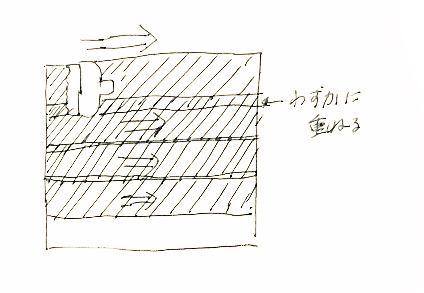
The amount of dosa solution should be just enough to soak into the paper.
A faint adhesion to the surface is not sufficient.
Apply a larger amount to the brush so that it will penetrate the surface.
Do not apply more than one coat to the same area before it dries.
Apply in a straight line, slowly drawing the brush.
Next, place another piece of paper on the board, slightly away from the paper on which you just applied the dosa solution.
Apply dosa solution to this paper as before.
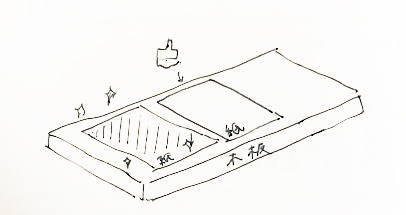
(3) When the paper has covered the entire surface of the paving board, stop working.
Then peel off the paper from the board.
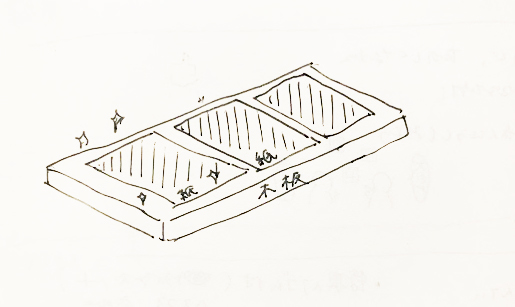
The peeled off paper should look like the figure below.
Hang them over hemp rope and hang them side by side.
In this way, drying the hanging paper at the same time improves efficiency.

(5) Remove and stack the dried paper one by one.
The paper is not the same size because it is shrunk by dosa solution.
However, do not worry about it and pile them up.
(6) Adjust the size of the paper.
Wrap the paper tightly around a wooden stick with the paper stacked on top.
Let it sit for a few days, and it will return to its original shape, naturally.

If you need it immediately, tap it lightly with a mallet while it is still rolled.
This will give it shape.
However, if you use a little too much force when hitting with the mallet, you will lose the dosa solution.
Be careful!
Close the dosa solution with a piece of string.
Your sketchbook for Kano School practice is now complete!
↑This is an image.
With some ingenuity, you can make such a stylish and practical sketchbook for practice!
Finally, I will include a modern translation of Tansei Shinan.
Please refer to the commentary and read the original by yourself as much as possible!
Modern Translation: How to make dosa solution (Paper permeated with dosa solution manufacturing method)
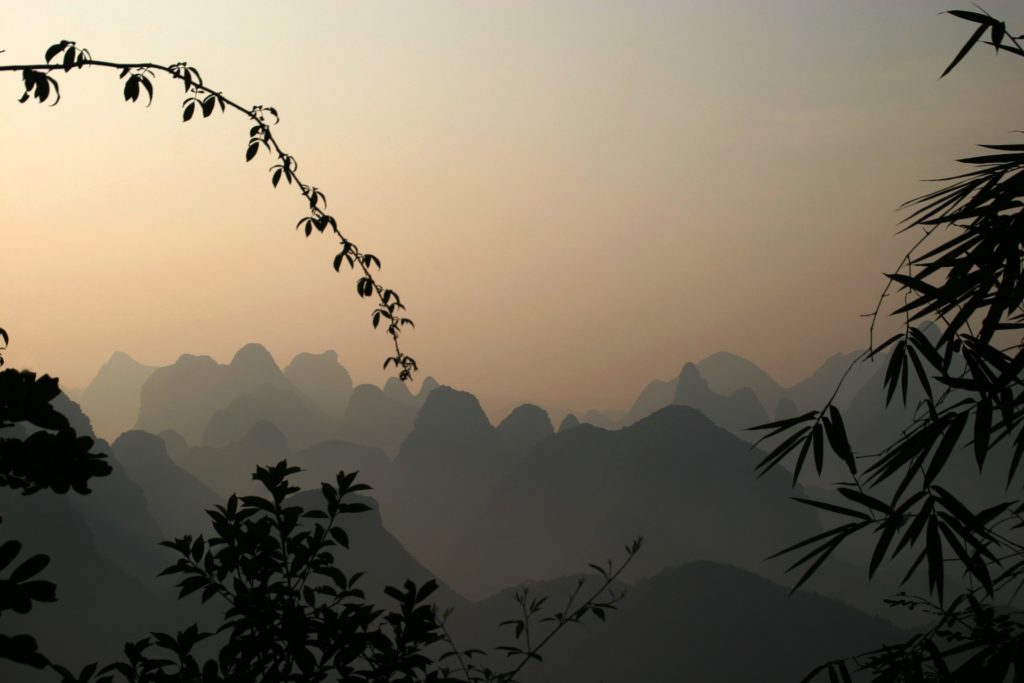

How can I read the original text?
In that case, check the website of the National Diet Library!
You can read the full text for free!
If you want an accurate translation and detailed illustrations, we recommend the book “Collection of Secrets of Painting Materials and Techniques”!
E-Book &
Now on sale in paperback!
The original text is now available in book form!
How to make dosa solution paper(Paper permeated with dosa solution manufacturing method)
In the Kano family, pupils used to practice painting by coating Mino paper or half-sheet paper with dosa solution, drying it, and sewing it together.
Although this is a somewhat childish technique, it is of great benefit to those who do not know the technique, so I will show you how to do it.
First, let me show you the wooden plank used to apply the dosa solution.
First, a wooden board of at least 60 cm on the long side and 42-45 cm on the short side is made, although the size of this board is not fixed.
Then, a sheet of raw paper is taken and placed in one corner of the board, and a brush is used to apply dosa solution.
(The brush used by the scroll mounter is suitable for this application.)
Then, following one corner of the dosa-applied paper, lay the other paper on top of the board with the two sides slightly separated from each other.
Again, the dosa solution is applied as before.
The dosa solution is applied as shown in the first figure attached, overlapping the papers in this order.
The first figure is not attached.
And when the paper comes close to one side of the paving board, move it to the other side.
There again, as before, apply the dosa solution while slightly moving the two sides away from that one corner and overlapping the paper in turn.
When that paper has blocked the entire surface of the sill board, stop working on this.
The used sill board should be placed in a convenient place for peeling off the paper.
Hang the removed paper from the hemp rope stretched above, as shown in the second figure.
The second diagram is not attached.
It is best to hang the hanging paper next to the hanging paper and the hanging paper next to the hanging paper to dry at the same time.
Remove the dry paper as described above, one sheet at a time. Then decide which side is the front, align them, and stack them on top of each other.
After the paper has dried as described above, it is removed one by one and stacked, front and back, on top of each other.
However, the paper is wrinkled and shrunken due to the dosa solution, and is not of uniform size.
The paper is then wrapped tightly around a winding stick and left for several days .(The winding stick should be made of wood and a little thicker.)
Then it will naturally return to its original shape.
If you need it immediately, you can lightly strike it with a mallet while it is still wound.
Be careful not to strike too hard with the mallet, as this will reduce the effectiveness of the dosa solution.
See this for an article on Japanese painting!
Reference sites and other information about “Tansei Shinan,” a Japanese painting technique book
National Diet Library Digital Collections
You can browse as well as download for free!
↑upThe modern version of Tansei Shinan! The bible of Japanese painting.
CiNii Books
You can purchase copies (photocopies) of pages from Japanese libraries.
Previous Article!
Next up!
Click here to read the article on Japanese painting!

